Esplora tester dielettrico all'ingrosso progettati per diverse esigenze di test. L'ampia gamma di analizzatori logici disponibili sarà utile sia per le aziende che per i privati che lavorano regolarmente con l'elettronica digitale, nonché con circuiti e sistemi digitali. Ottenere apparecchiature di test di qualità come queste contribuirà a rendere molto più efficiente il processo di verifica e debug per i progetti digitali. Catturando e visualizzando più segnali dal sistema o dal circuito digitale, un ingegnere che lavora sul sistema può facilmente risolvere i problemi che sorgono.
Esistono molti tester elettrici di marche leader che sono molto portatili e adatto anche per uso personale o domestico. Queste penne sono strumenti importanti per controllare l'alimentazione elettrica prima di iniziare qualsiasi tipo di lavoro sulle prese elettriche per garantire un lavoro elettrico sicuro. Articoli come i tester di tensione della penna sono piccoli e maneggevoli e averne uno aiuterà con la sicurezza mentre si lavora con i sistemi elettrici. Una vasta gamma di rilevatori di tensione come è disponibile a tariffe preferenziali all'ingrosso.
Offriamo tester dielettrico di diversi marchi famosi e leader. Attrezzature come la pinza amperometrica sono adatte per misurazioni di corrente rapide ed efficaci. Può essere utilizzato per misurazioni senza contatto ed è uno strumento semplice ed efficace per misurazioni AC e DC. Per prodotti più specializzati come gli strumenti per testare i cavi in fibra ottica, offriamo riflettometri ottici nel dominio del tempo, noti anche come OTDR, che vengono utilizzati per testare l'integrità dei cavi in fibra. Con tali apparecchiature, gli ingegneri possono risolvere efficacemente i problemi e lavorare sulla corretta manutenzione delle reti di telecomunicazioni ottiche.
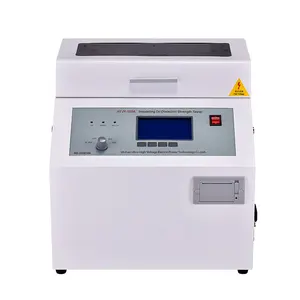


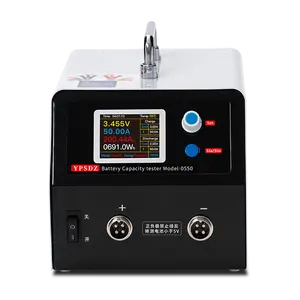



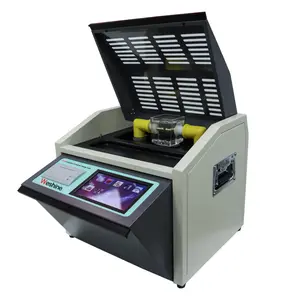








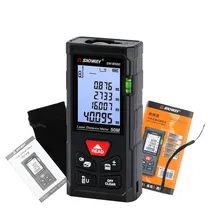
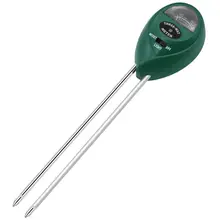

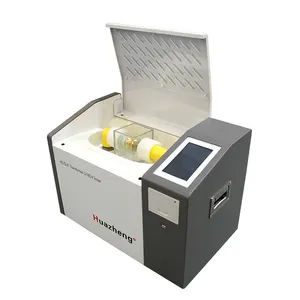












 浙公网安备 33010002000092号
浙公网安备 33010002000092号 浙B2-20120091-4
浙B2-20120091-4